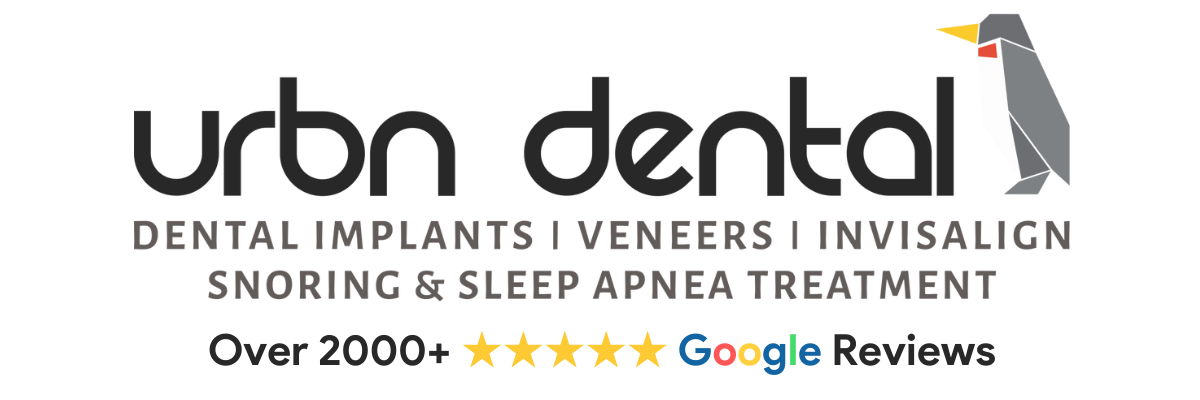Different parts of Traditional Braces
Some people may wear traditional braces in order to achieve their cosmetic objectives, in other cases; such devices should be worn to deal with a medical problem. There are some signs that show that you should get the braces like overlapping teeth, a lisp, chronic bad breath and wrong bite function.
Table of contents
Different parts of traditional braces
Ceramic and metal braces
Different Parts of Traditional Braces
Some people may wear traditional braces in order to achieve their cosmetic objectives, in other cases; such devices should be worn to deal with a medical problem. There are some signs that show that you should get the braces like overlapping teeth, a lisp, chronic bad breath and wrong bite function.
Dental braces will solve complications with speaking or eating since it corrects the issues like crowded or crooked teeth, jaw problems and skewed bite. The latest places are not too visible and they tend to be sleeker and smaller which offer better comfort.
Conventional braces have wires and brackets. Brackets get secured at teeth using special glue and the wire is then attached over them to realign them. The traditional brace is made in ceramic or metal brackets. The braces have to be tightened on regular basis and the pressure they put on the teeth will straighten the teeth in order to align the jaw. Since they are not removable, the braces will not feature the plastic plate found at the mouth roof which means it is easy for the user to eat and to speak in the normal way. Oral health with excellent care is required during the braces process since it may speed up the treatment period and it will improve with the outcomes.
Different parts of traditional braces
Ceramic and metal braces
Ceramic and Metal Braces
The metal braces are popular and they are effective when it comes to correct overcrowding teeth compared to other dental brackets. There are now braces that are heat activated and they use the body heat in order to help out the teeth so that they can move quickly with less pain. Metal braces cost less compared to other available brackets, however they are inconspicuous and comfortable even if they are noticeable.
The lingual or tongue side braces work the same as metal brackets but they are being mounted at the rear side of teeth and not at the front. They are hidden away of the view compared to the conventional metal brackets.
Silver braces get manufactured in the stainless steel while they have also been used for a long period. They continue to be popular and there are different options at the market. Technology used in the braces is advancing quickly so that they can be more aesthetically pleasing and comfortable.
Who can lose a tooth?
Everyone can lose his tooth, especially with sports or accidents, regardless of the age of that person since the reason of losing the tooth is different and it can occur to everyone.
In case a person loses his tooth, he will be having many options if he wants to replace it. The following are some of these options.
Ceramic braces offer an alternative to steel options and they are the better option. The braces look the same in shape and size to the metal braces, however they can be clear and tooth colored brackets which blend in on the teeth. The tooth colored wire is not that conspicuous. Ceramic brace can reposition the teeth faster compared to clear plastic aligners, however, they cost more compared to metal brackets. They also have to be taken good care or they get stained.
Colored braces feature metal brackets which are fixed using small elastic band which are found in different colors. They are highly recommended for the children who do not mind a dramatic result.

Different Parts of Braces and Their Importance
Braces parts
When an orthodontic or dentist specialist say that someone requires the braces, it is good to understand different parts at the braces and their function.
Dental brackets
Traditional braces do have the brackets in a square shape, they are attached to an orthodontic band and they are fixed on the tooth using chemical. Brackets can be made in many materials like metal and ceramic. Every bracket includes the slot which will support or hold archwire. There are some brackets with hooks that may be attached on the teeth using rubber bands.
Dental arch wires
Metal arch wire is meant to fit in the brackets within the mouth. Adjustment on the arch wire put the pressure on the teeth in order to reposition them towards the right alignment. Wire will be switched within the treatment and heavier wires and they create better teeth movement.
Orthodontic bands
Orthodontic bands have rings which have to be custom fitted on the back of the teeth or molars. The bands are attached on the arch wires using metal. The older conventional band is made using stainless steel; however ceramic band is now becoming popular since it is available in different transparent level. They are not too visible as the metals. The band is fixed on the teeth through using special cement.
The rubber bands
There are removable orthodontic bands made in elastic and they get attached on brackets hook and they are connected on the upper and lower teeth. When the elastic pulls, it applies pressure and this moves the teeth gradually and it corrects the bite function.
Ligatures
A ligature is a small elastic wire or band which is attached on the arch wire and to brackets. The ties may be made to be clear or silver. They are found in different types of colors. A ligature is replaced if there is adjustment of braces.
Lip bumper
A dental lip bumper has wire at the lower jaw and it extends starting at a molar to reach to another one. It prevents the lips and cheeks against touching the teeth. If you move the mouth, the cheek and lips push away this bumper and this puts the pressure at the teeth and it pushes back molars in order to create better space to fit all the overcrowded teeth.
Coil Springs
The coil spring is found between the teeth brackets in the place where teeth look too close. A spiral is fixed on the arch wire and it applies pressure that separates the teeth and it opens up space.
Power chains
The dental power chain is a wire ring or elastic which is linked to one another in order to make a band within the teeth. They help in narrowing the space or in preventing the gaps against opening in the teeth. As elastic ligatures, they have to be replaced with adjustments.
Palatal Expander
This is attached at upper molars using bonding or cemented bands. The palatal expander makes a wide space at an upper jaw.
Advantages of traditional braces
The braces are known to be effective when it comes to treating severe overcrowding teeth compared to other options like Invisalign® and clear braces. They give the dentist the required control of moving the teeth over a long period. Invisalign® does give the opportunity of being a clear aligner that is removable giving the benefits of better oral hygiene and comfort.
ARE YOU READY TO STRAIGHTEN YOUR TEETH?
Different Parts Of Traditional Braces FAQs
How do orthodontists put braces on?
Orthodontists follow very careful steps in order to put in braces. After the pre-measurements have been taken, the orthodontists install blow air to dry out the teeth and install brackets. Then they apply the glue carefully before drying it and attaching wires slowly. The ends are clipped to avoid any abrasion.
How much money will it cost to wear braces?
What is the use of braces for teeth?
The teeth are moved in a proper arrangement, so the whole appearance of the mouth looks better and normal. It also helps to prevent certain infections that may result from the misaligned teeth. They can either be gum illnesses or rotting of the tooth. Braces can help to improve your physical appearance and prevent talking and biting issues in people.
Nowadays, braces come in many different sizes and assortments. They can be made out of different materials like plastic and convenient metal wires. Sometimes the dentists advise wearing braces from an early age to prevent crooked teeth. The period to wear braces is shorter for kids since their teeth can easily be aligned. That period is longer in adults because their teeth are stronger and more firmly set in their places.
What are the pros and cons of dental braces?
When the teeth are crowded in one spot where they are extremely close to one another, this can cause difficulties in keeping them completely clean at times. This can lead to gum and tooth sickness. These diseases can aggravate and grow if they are left untreated. Once they start to grow, they begin to affect other parts of the body and lead to ailments like cardiovascular disease or bacterial pneumonia.
Individuals with misaligned teeth can encounter issues eating and speaking which is another torment in itself. Having braces can help solve these issues easily. However, this does not mean that dental braces do not have a set of their cons as well. If one is not careful and particular about oral cleanliness when having braces on, this can lead to several other diseases that the braces were meant to prevent.
They sometimes bring hindrance in eating and other activities as well, especially when it is extremely easy for food to get stuck in them. Braces are fully capable of causing wounds and abrasions inside the mouth. Sometimes these wounds come from the sharp objects that the dentists have to use to install the braces in the first place. If proper mouth hygiene is not maintained then these minor cuts and abrasions have higher chances of being infected. They may give passage to the harmful bacteria to enter in our bloodstream.
What are the pros and cons of dental braces?
However, braces can also have some disadvantages for example discomfort due to the appliance in your mouth. This can make the person to not care about their oral health. It also makes it difficult to brush or floss properly due to the metal wire and brackets in the way. So when the brushing is not proper, it will lead to food particles to remain stuck in the teeth which can, later on, lead to tooth decay. Another con of braces can be that they may cause minor injuries inside the mouth due to the friction from the metal wire, brackets and bands. Injuries may also occur during the maintenance of braces. But this treatment will help in the long run.

